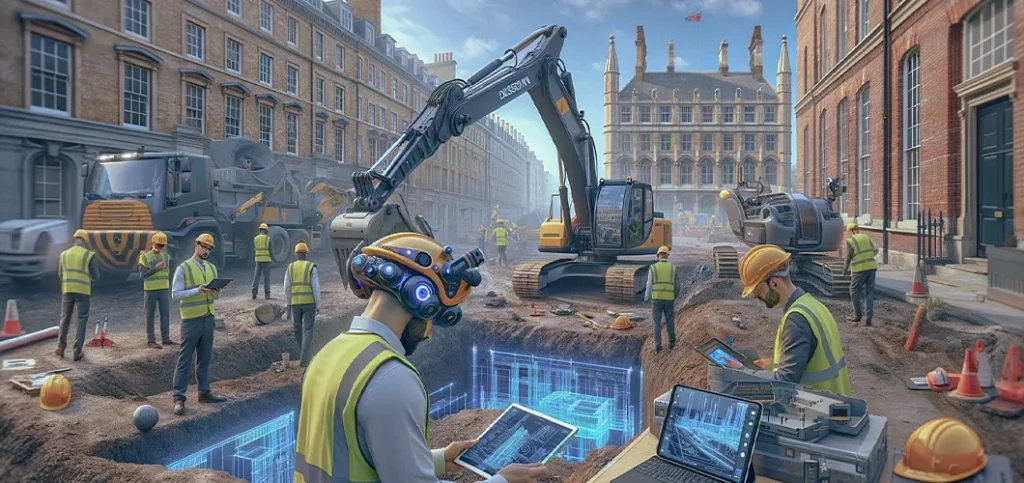Innovative Technologies In Modern Construction
Innovative Technologies In Modern Construction
We embrace cutting-edge technologies to deliver smarter, faster, and more sustainable construction solutions. From advanced design tools to modern building methods, innovation drives every project we undertake.

3D Printing: Redefining Building Possibilities
3D printing has emerged as one of the most groundbreaking technologies in construction. This technique allows companies to “print” components or even entire structures layer by layer using concrete, composites, or other advanced materials. Unlike traditional methods that require significant labor and time, 3D printing can dramatically reduce construction timelines while minimizing material waste.
For example, some companies have successfully printed affordable residential homes in under 24 hours, offering a potential solution for rapid urban development and affordable housing projects. Beyond speed, 3D printing also allows architects and engineers to experiment with complex shapes and designs that were previously impossible or prohibitively expensive.
Drones and Aerial Surveying: Precision from Above
Drones are no longer just gadgets for photography they have become essential tools in modern construction. Equipped with high-resolution cameras and sensors, drones can survey large sites in a fraction of the time required by traditional methods.
They help engineers monitor construction progress, detect structural issues early, and even manage inventory on-site. In large-scale infrastructure projects, drones provide a bird’s-eye view that ensures accuracy in measurements, prevents costly mistakes, and improves project management. Moreover, by reducing the need for manual inspections in hazardous locations, drones enhance overall safety.
Smart Sensors and IoT: Real-Time Monitoring
The integration of the Internet of Things (IoT) into construction has introduced smart sensors that monitor everything from structural integrity to environmental conditions. These devices can track temperature, humidity, vibrations, and load-bearing stress in real-time, providing engineers with critical data that helps prevent failures and optimize maintenance schedules.
For instance, sensors embedded in bridges and high-rise buildings can alert maintenance teams to potential weaknesses before they become dangerous, ensuring long-term durability. This technology not only improves safety but also extends the life span of structures, saving time and money for construction companies and clients alike.
Green Building Technologies: Sustainable Construction
Sustainability is no longer an afterthought; it is a core principle of modern construction. Green building technologies focus on energy efficiency, minimal environmental impact, and resource conservation.
From solar panels integrated into building designs to energy-efficient insulation and water recycling systems, sustainable construction practices help reduce operating costs and environmental footprints. Using sustainable materials such as recycled steel, bamboo, and low-emission concrete is becoming increasingly common. Clients are now prioritizing eco-friendly buildings, and companies that embrace these practices gain a competitive advantage while contributing positively to the planet.
Virtual Reality (VR) and Augmented Reality (AR): Immersive Planning
Virtual Reality (VR) and Augmented Reality (AR) are transforming how architects, engineers, and clients visualize projects. With VR, stakeholders can walk through a virtual model of a building before a single brick is laid, allowing better design decisions and fewer costly revisions.
AR, on the other hand, overlays digital models onto real-world sites, helping construction teams understand spatial relationships, detect potential conflicts, and streamline workflows. These technologies enhance collaboration between teams and improve client satisfaction by giving them a clear picture of the final outcome.
